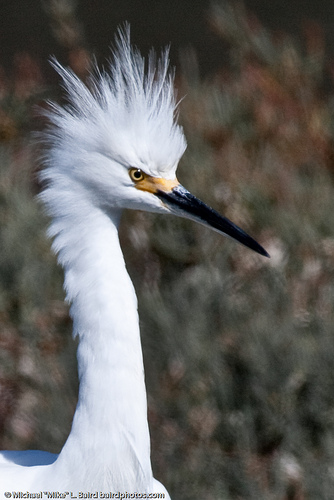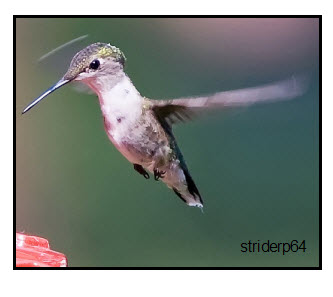I love this bird’s hairdo. It reminds me of a time when I told the beautician that I wanted something wild and crazy and then sat back and dozed. When I opened my eyes my hair was about 3 inches long all over my head. I got what I asked for. It was wild and crazy and very easy to wash. As to combing it, no need–it looked the same whether I did or didn’t comb it.

OOPS! I digress from the reason for picking this bird, which is the type of beak that it has. The shape and size of a bird’s beak and mouth helps it to catch food. Some birds, such as the Snowy Egret in the photo have long pointed beaks so they can spear their food, which includes fish, crabs, crayfish, frogs, snakes, insects, snails, worms. Unlike the Kingfisher, who is an aerial fisher, the Snowy Egret stands in water and spears fish that swim by.
Science Challenge
- Create a chart of photos or drawings of bird beaks with a description of beak shapes and sizes as well as the diet of the bird.
- Use an envelope to make a model of a bird’s beak that catching flying insects. See Model a Bird’s Beak for instructions.
Hummingbirds have a long beak that can open just like other birds. The ability of the hummingbird to such nectar from flowers is due to the bird’s long tube-like tongue, that is longer than its its beak.

Biology for Every Kid
How is water transported through plant stems?What’s the effect of osmosis on a raisin?
What’s the best way to grow penicillin?
How are butterflies different from moths?
You will discover the answers in this book.
(Paid Link)
